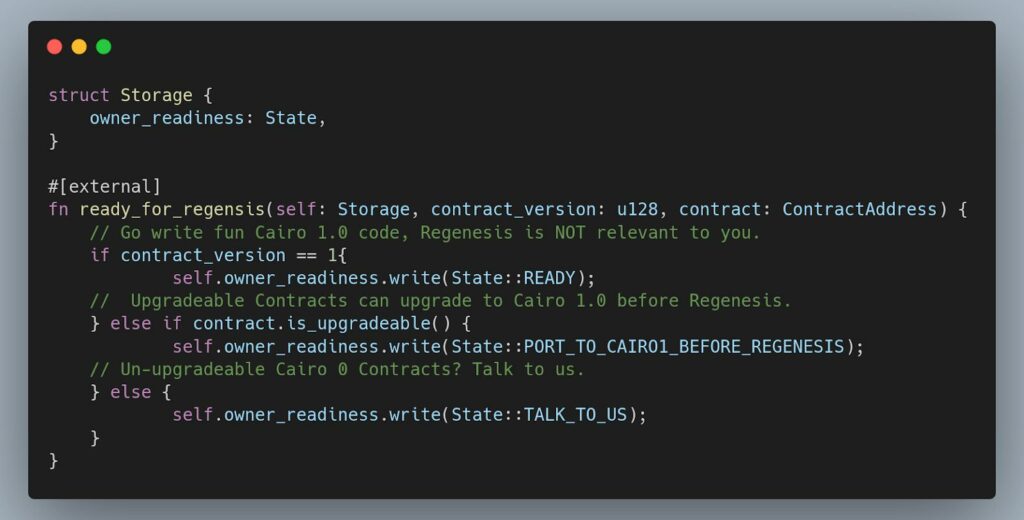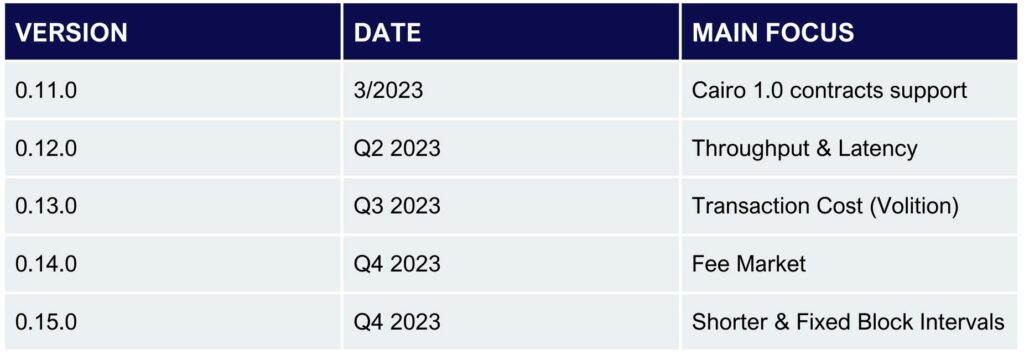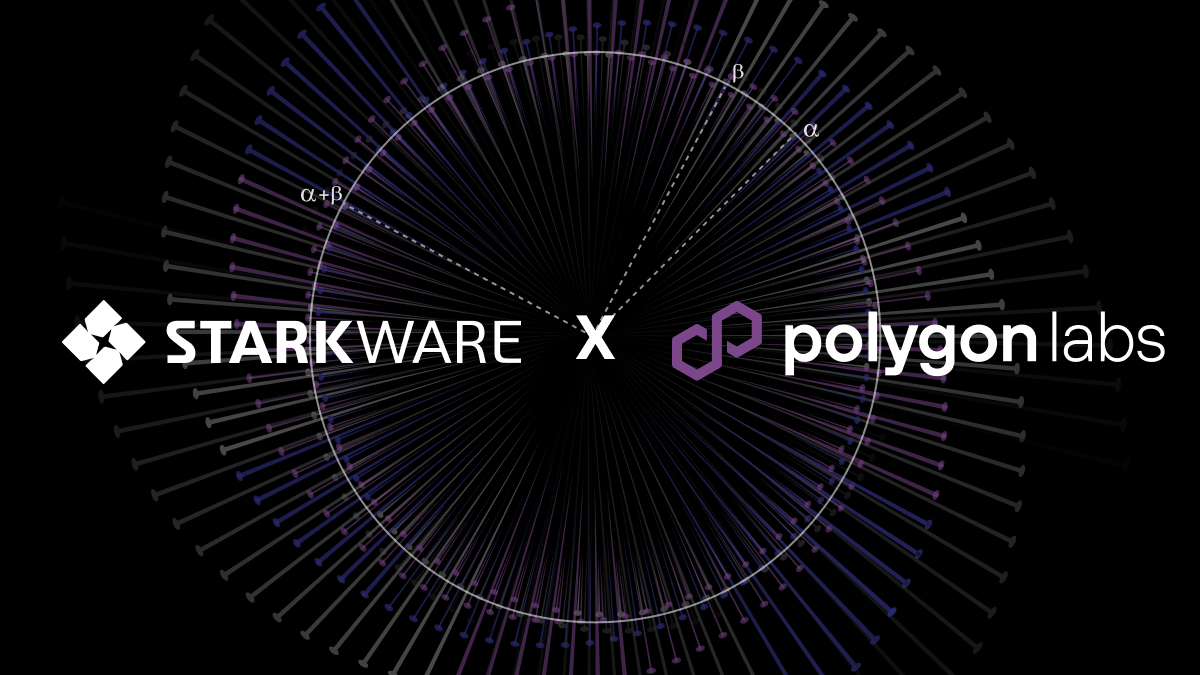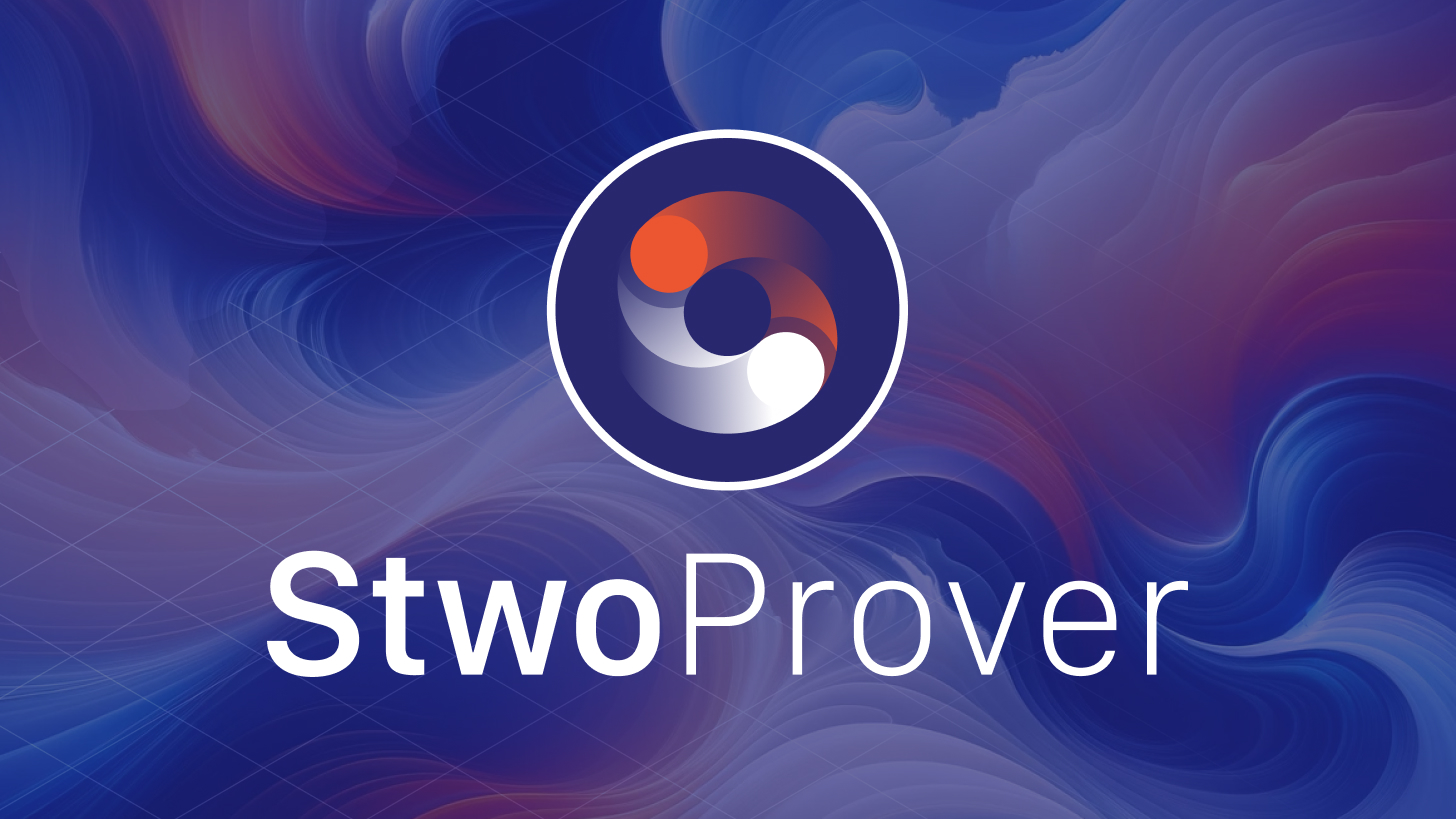Focus on performance and UX
This post will address Starknet’s roadmap for 2023 and provide color on the considerations driving it. The roadmap focuses on performance and UX.
We aim to provide the community with the transparency it needs, so we are sharing the roadmap as soon as possible. Naturally, sharing the roadmap early on also means things may change.
We would like to express our gratitude to Starknet’s developer community, and the Builders Council in particular, for providing invaluable insight and feedback in defining this roadmap. Special thanks to Sylve from briq, Federico from LambdaClass, and Jorik from Nethermind for their valuable feedback. We invite the community to continue being part of this important process.
The Starknet Journey
Starknet was designed to allow developers to harness the power of STARKs and Cairo in order to build their app. Up till now, Starknet’s development focused on providing developers with future-proof functionality. Starknet’s functionality, powered by Cairo 1.0, is by now mostly complete, aside from Regenesis.
Regenesis
Starknet will go through Regenesis this year. This will be a seamless event for the network, as it will result in no down time and with no resetting of the network’s state.
Fresh Cairo 1.0 contracts will require no action whatsoever — for them, Regenesis is a non-event.
Cairo 0 contracts will need to complete the transition to Cairo 1.0. Regenesis, where Cairo 0 will be shut down, will occur only after we’ve made sure the lion’s share of the community was able to complete this transition.
The Regenesis will be the last planned breaking change on Starknet’s roadmap, and we expect any future breaking changes to be vetted by governance decisions, as is done in Ethereum.
Or to explain Regenesis using Cairo 1.0 itself:

Roadmap for 2023
Starknet’s current development focus is on performance and UX. Here is an estimated timeline:

Performance
Our main goal for the coming months is to improve network performance in order to support the expected increase in the number of users and developers. As we see it, performance is defined by throughput and latency, obviously, but also by transaction cost.
We list here the areas of focus by their priority, and (when possible) state the planned version for their release.
Throughput & Latency
The upcoming Starknet v0.12.0, will incorporate significant throughput and latency improvements. This is the result of work conducted over the past six months to Rust-ify the Starknet stack. This version will include the transition to a Rust-based Sequencer (developed by StarkWare), and the new Rust-Cairo VM (cairo-rs, developed by LambdaClass) — two open-source projects. We expect to have performance benchmarks soon.
This transition will dramatically reduce block execution time, and therefore will increase throughput. In the absence of congestion, we also expect improvements to the transaction latency, as the main cause of latency is block execution time.
Higher throughput and lower latency will remain a top priority, even after v0.12.0, and the work to improve them will become a mainstay of Starknet development.
Transaction Cost
In v0.13.0, Starknet’s transaction costs will be reduced dramatically. This will be done by targeting the main component of transaction cost: L1 (Ethereum) data cost, which accounts for 95% of tx cost today. Volition will allow developers to build Starknet applications with a hybrid Data Availability (DA) mode: both on-chain and off-chain data. A post dedicated to Volition is forthcoming, with full details on its design and developer interfaces.
Ethereum’s EIP-4844 (Shard Blob Transaction) is expected in Q4 of 2023. Starknet will adapt to benefit from it as soon as possible, in addition to the introduction of Volition.
We expect dramatic reduction in the cost of data thanks to Ethereum’s EIP-4844 and to Starknet’s Volition (off-chain data availability).
Faster Finality
As we approach the release of Starknet v0.14.0 and v0.15.0, we remain committed to providing Starknet’s users with a seamless and predictable experience on the network, regardless of congestion levels. To achieve this, we are prioritizing two key areas of development: fee market and block intervals.
Fee Market
The planned performance improvements will be evident to developers and users, as long as the network remains uncongested. However, when network congestion occurs, it will lead to increased waiting times for everyone. To solve this issue, a fee market will be introduced to Starknet in v0.14.0, to allow an efficient allocation of Starknet’s limited resources, based on users’ willingness to pay for a transaction, and not merely on its place in line.
Shorter & Fixed Block Intervals
In v0.15.0, Starknet will switch to constant and shorter block intervals. Currently, each block is proven by its own proof, and block intervals are variable — the conserved quantity is the block cost. In order to reach that fixed block cost, the network awaits for the accumulation of enough transactions, and that results in variable block intervals. To solve this we plan to decouple the 1:1 relationship between a Starknet block and its proof. Starting v0.15.0, a proof will attest to the integrity of one or more Starknet blocks. This will fix the block interval, and improve Starknet’s UX.
Tradeoffs & Considerations
What were the tradeoffs we considered in determining this roadmap?
Performance is the highest priority — this is also the loud and clear feedback we got from our ecosystem. This will be improved mostly by increasing the Sequencer’s throughput, starting in v0.12.0.
In v0.13.0, we had to pick between lower transaction cost, and better UX (shorter/fixed block intervals, and more predictable network response during congestion).We decided to focus on lower transaction costs, and not on UX, because we expect v0.12.0 to result in much better latency (on the order of seconds). As mentioned above, the main lever for reducing transaction costs will be the introduction of Volition, and — as more details emerge — EIP-4844.
We would consider deviating from this plan if latency will not improve sufficiently following v0.12.0.
Improving network behavior during congestion (by introducing a fee market) will likely wait for v0.14.0. Although congestion may well occur post v0.12.0, we expect the significant throughput improvements to reduce its likelihood. Consequently, we decided to give lower transaction costs a higher priority.
Summary
The release of Cairo 1.0 marks the stabilization of Starknet’s functionality development. The remainder of 2023 will be devoted to improving Starknet’s performance & UX. By the end of this year, we expect the network’s base layer to have reached a healthy and stable state in terms of functionality, performance and UX. We expect the pace of major changes to decline sharply, and naturally be governed by all network participants. In 2024, decentralization will become the network’s focus, both in its operation and decision-making.
We are confident that the combination of future-proof functionality and enhanced best-in-class performance & UX will continue to drive an influx of developers and applications to Starknet.
updated: April 2023



